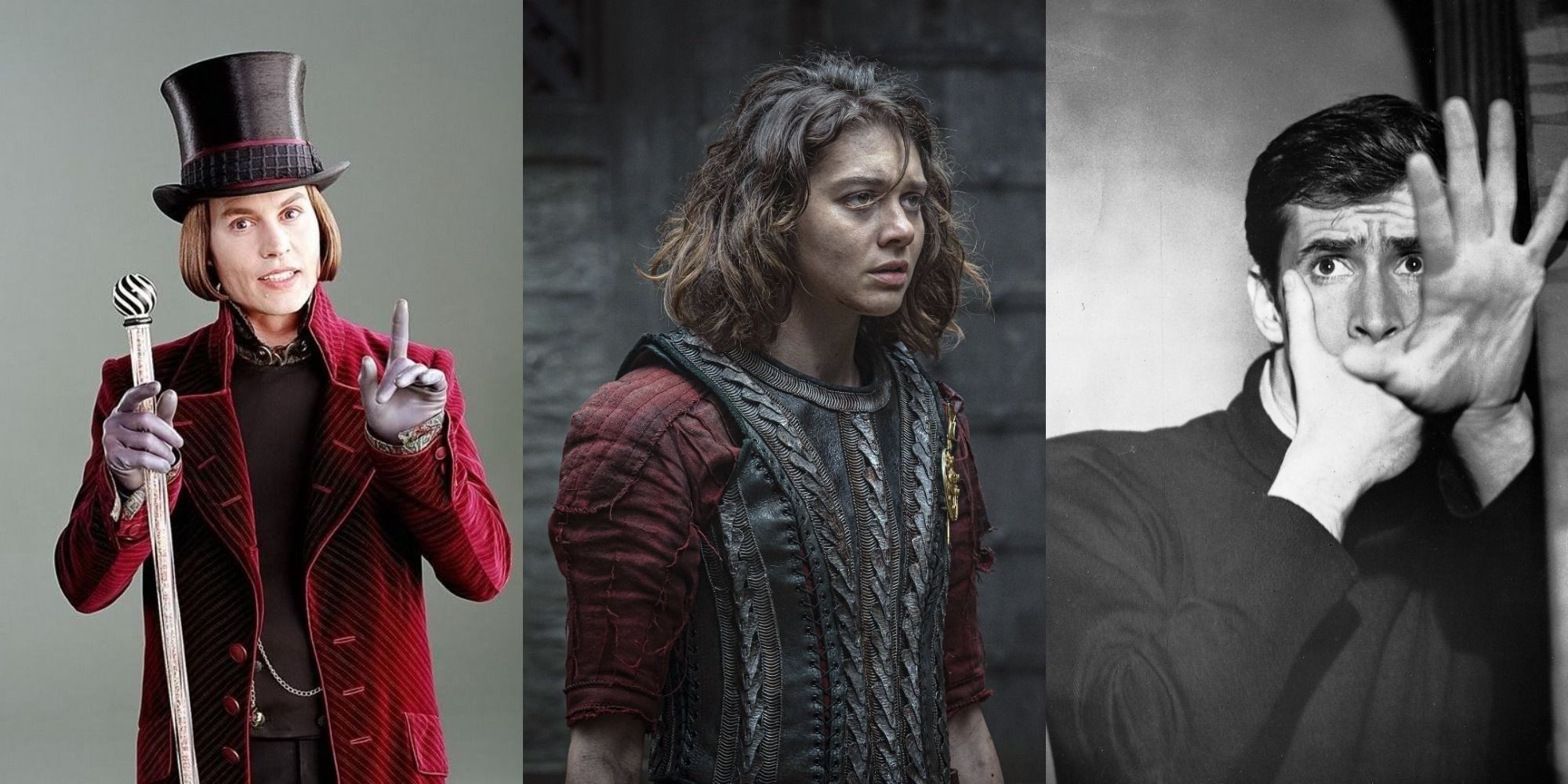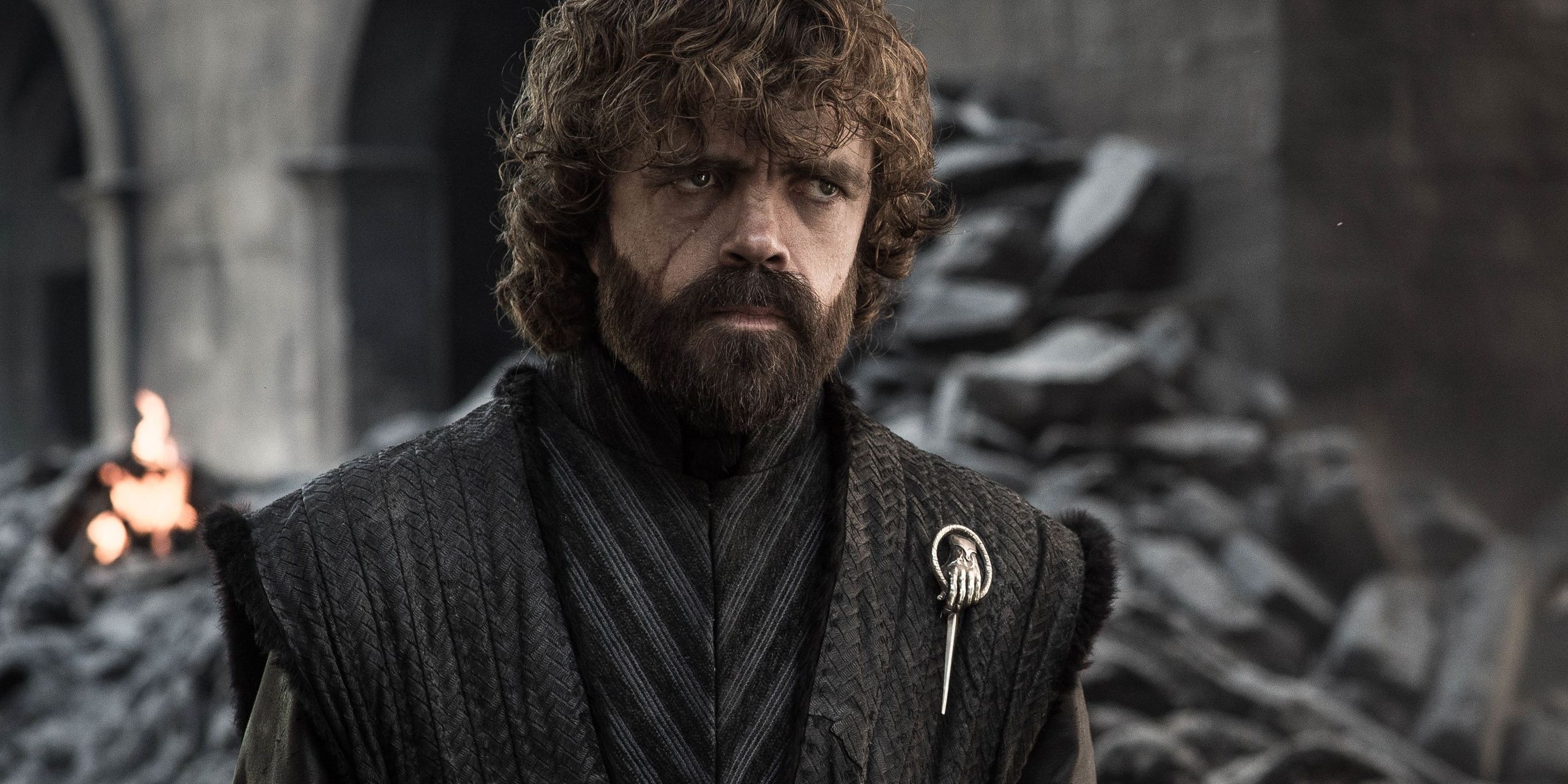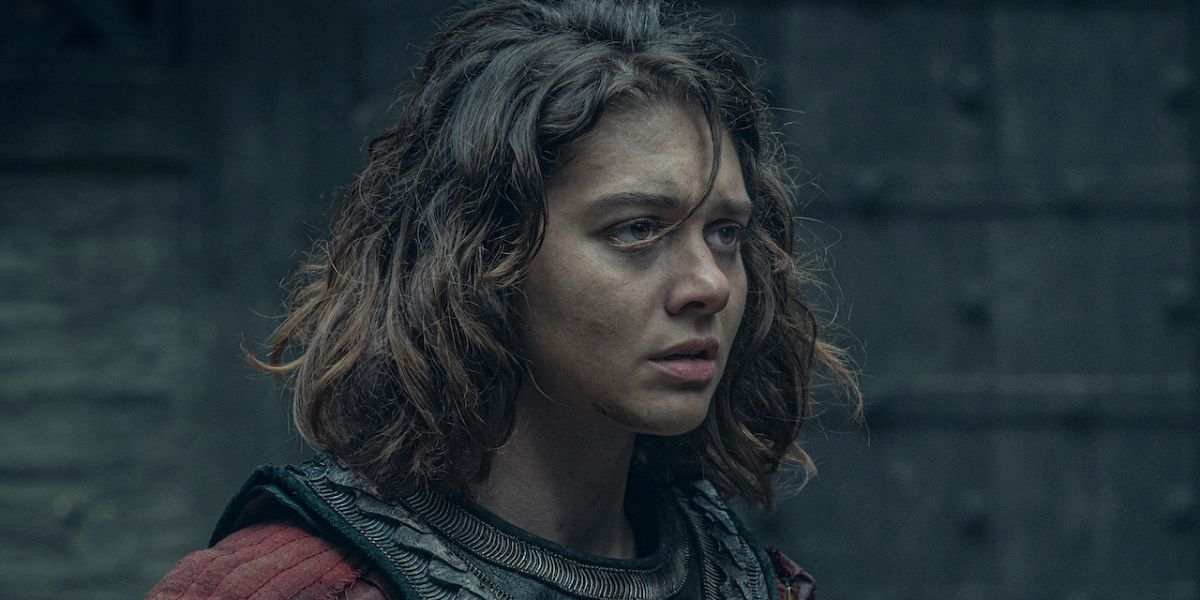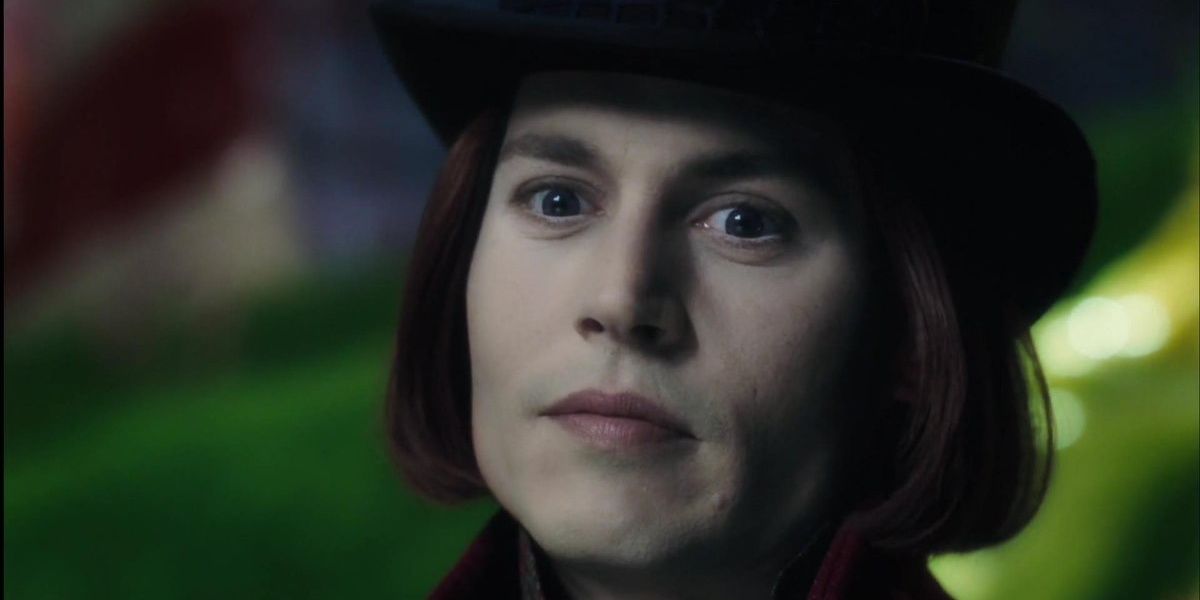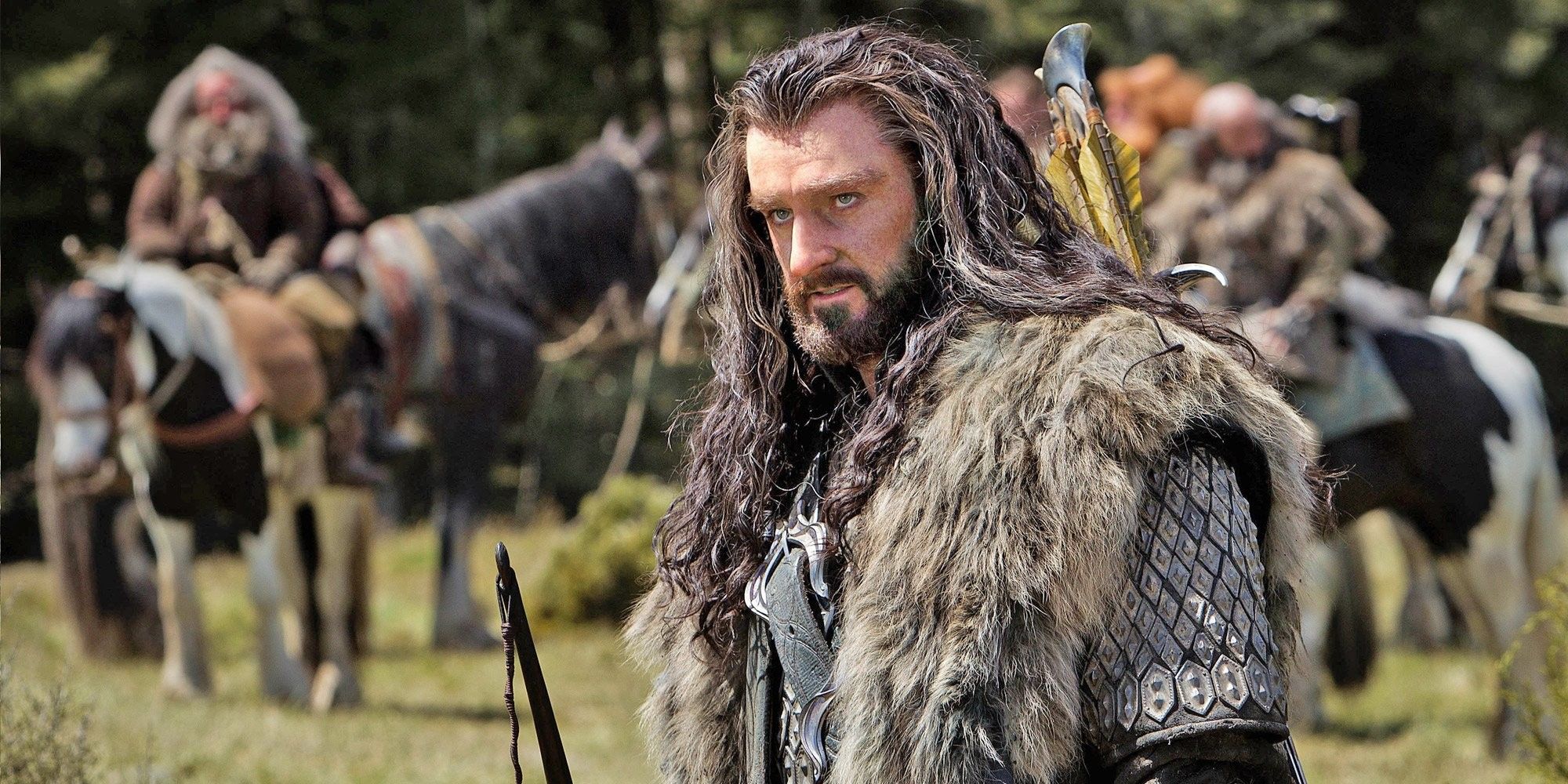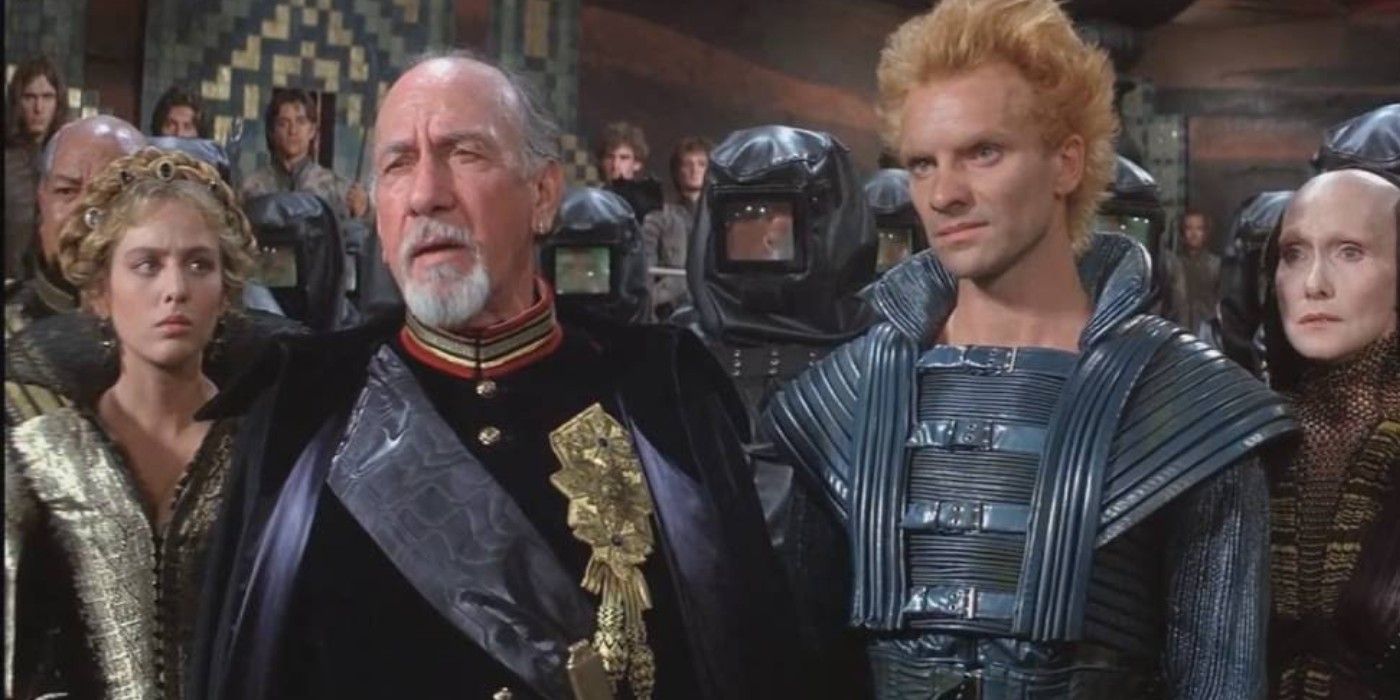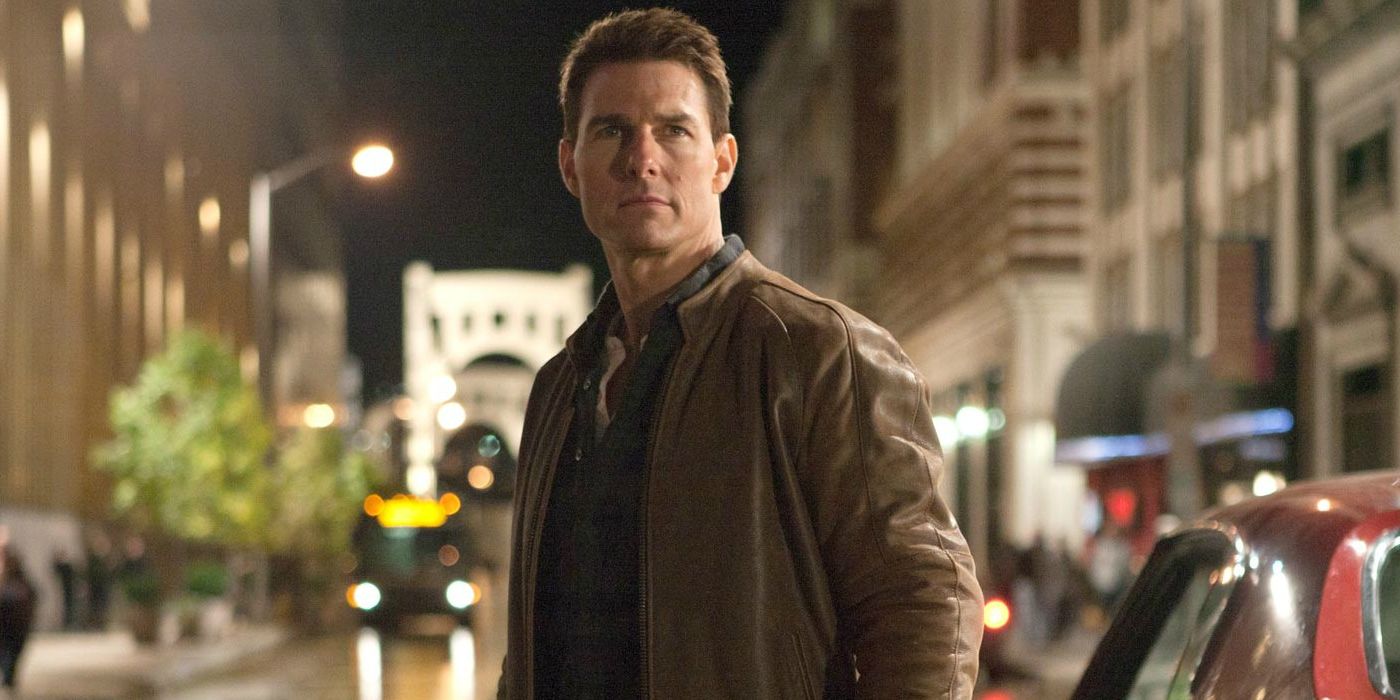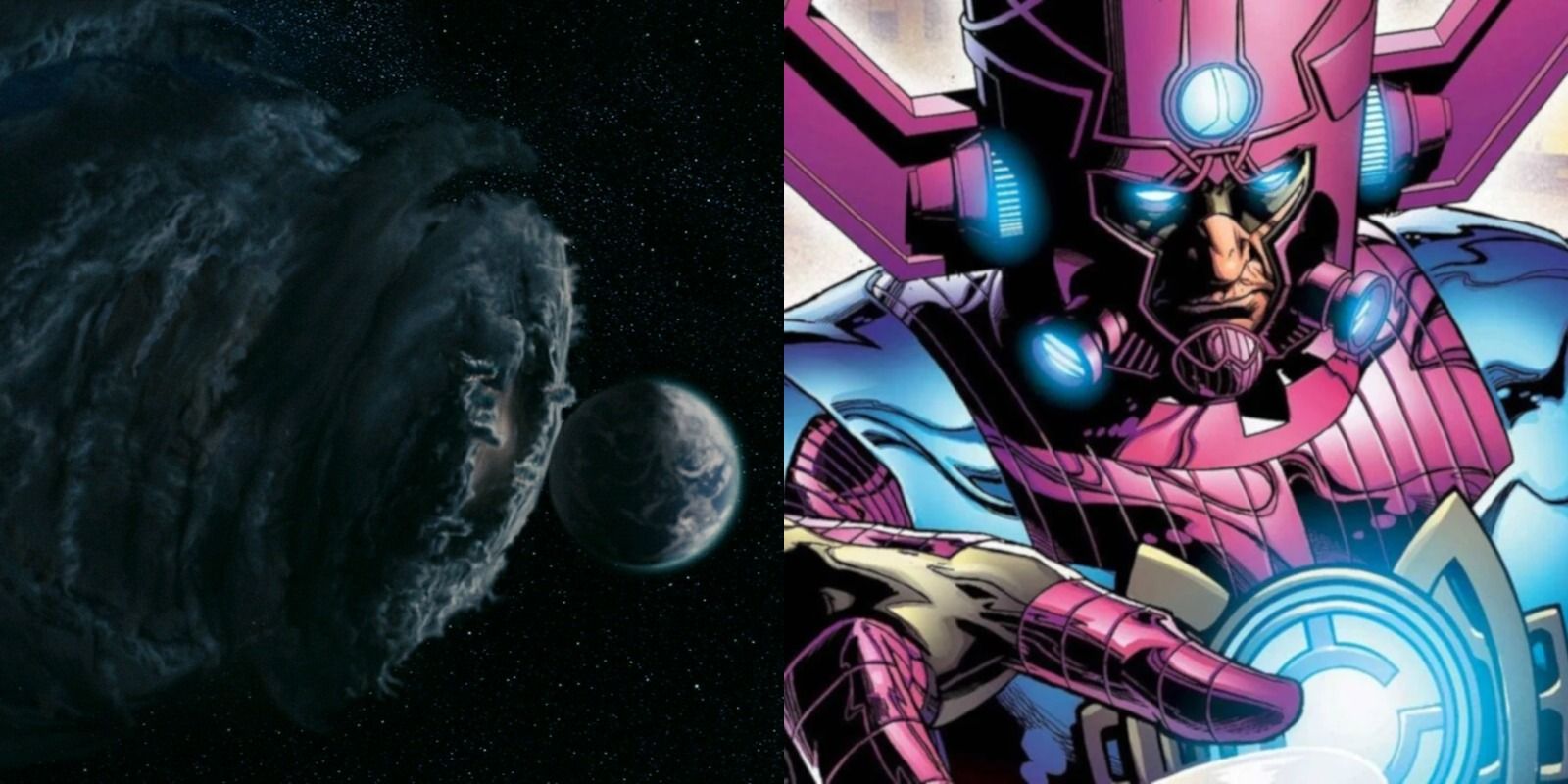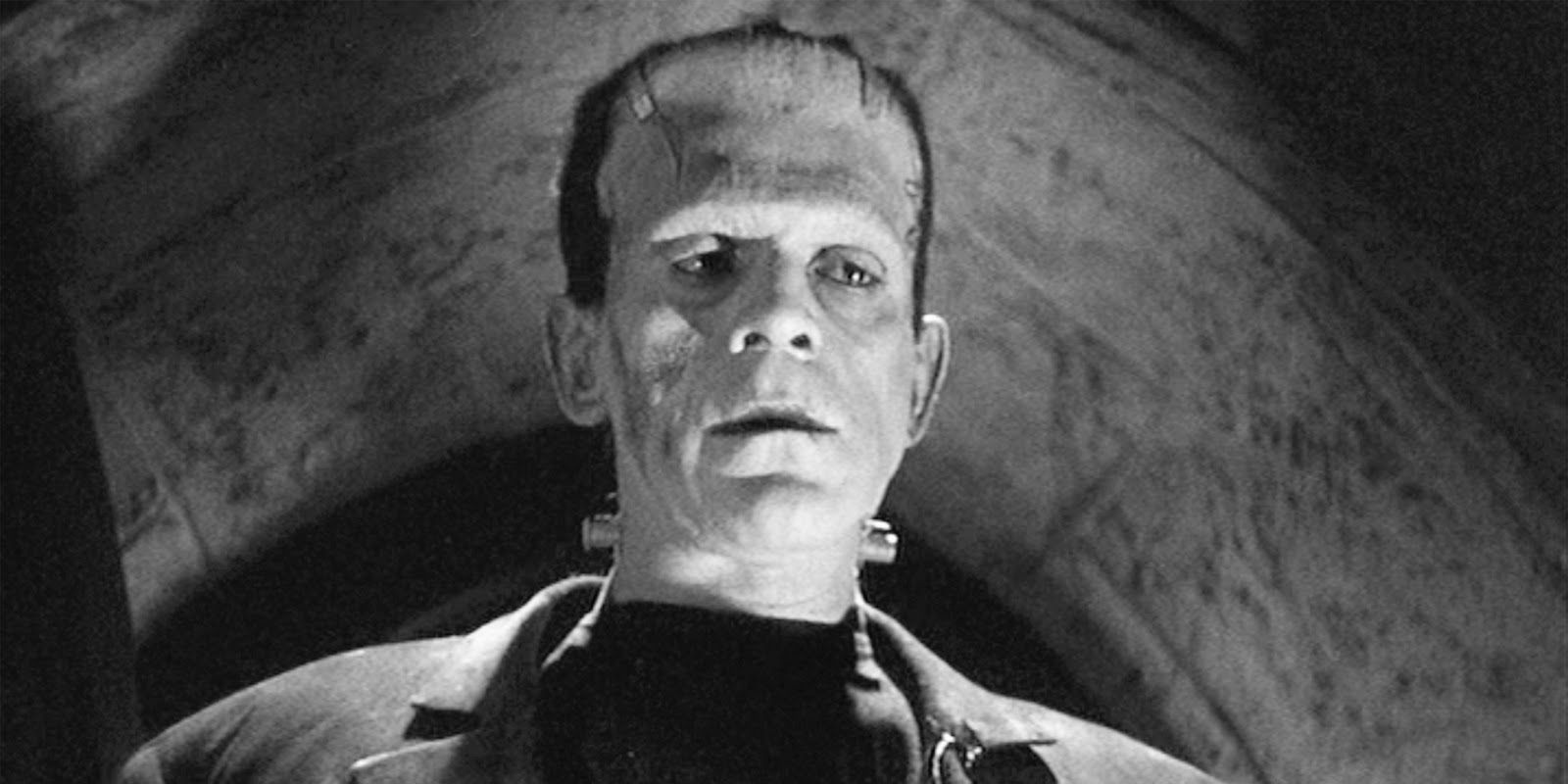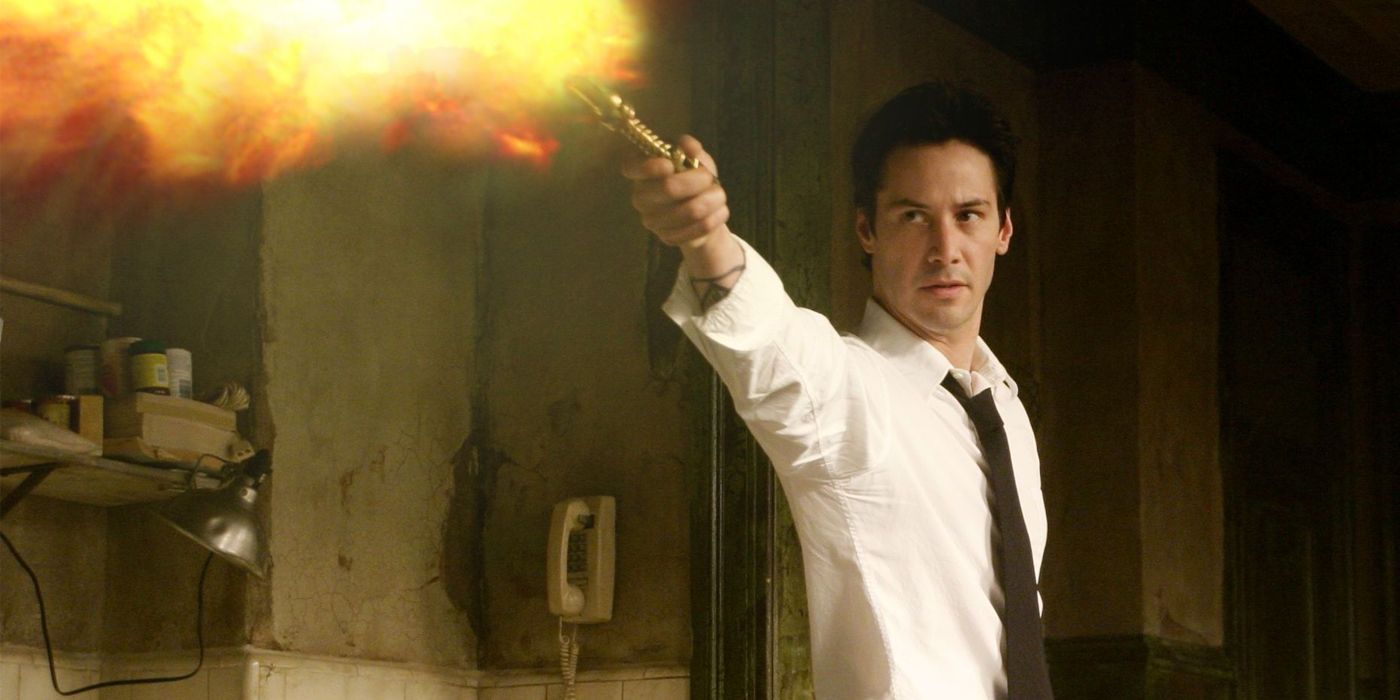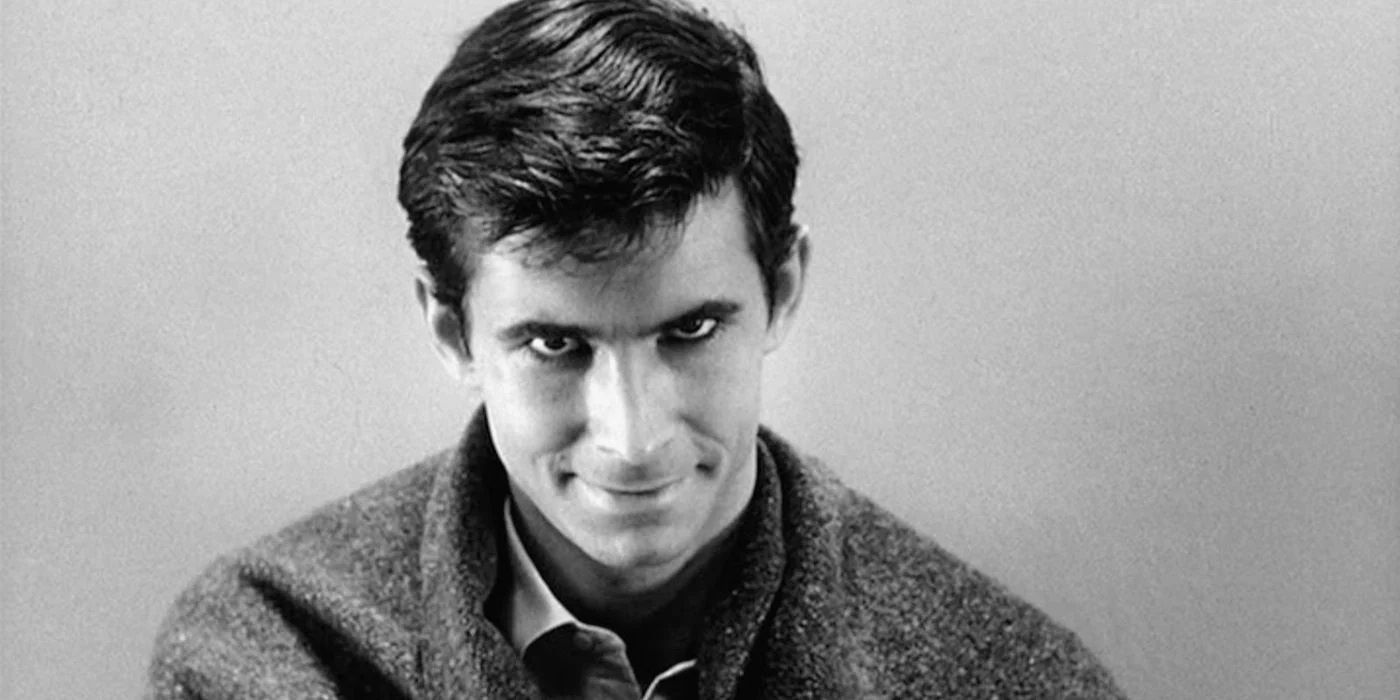Film adaptations of popular works will always be met with opposition. On occasion, the filmmakers will treat the source material (be it a series of novels, a comic, a forgotten TV show) with the utmost respect, and masterpieces such as The Lord of the Rings and The Dark Knight are created.
More often than not, though, the movie falls flat with fans, and most of the time that's due to how beloved characters are depicted on screen. Heroines and heroes with distinct looks will be altered to either fit the director's vision or to be more appealing to audiences. There are countless examples of this sort of change in appearance, but which are the worst offenders?
Tyrion Lannister
Tyrion was a fan-favorite character from the very first episode of Game of Thrones. He is endearingly snarky and has a razor-sharp wit, and his constant denial to follow the orders of corrupt kings and queens makes him one of the most outstanding heroes in the series.
Peter Dinklage played the part of Tyrion, and even though his performance garnered great praise and won him four primetime Emmys, the show's portrayal is actually somewhat inaccurate to the source material, A Song of Ice and Fire. In George R.R. Martin's books, Tyrion is described as having a large misshapen head with mismatched eyes and a twisted body. Dinklage is, simply put, too handsome.
Renfri
With the first season of The Witcher debuting on Netflix in 2019, both the books and the seminal video game series have gained greater attention from newfound fans. Readers who are intent on keeping film and television adaptations as close to the source material as possible, however, may have been disappointed when the character of Renfri - a dark, barbaric twist on the Snow White fairy tale - looked nothing like her literary counterpart. Where the book Renfri is described as sultry and abrasive with golden hair and green eyes, Netflix's Princess of Creyden is a quieter, deadlier person with a kinder face and dark eyes and hair.
Willy Wonka
The amazing chocolatier has been fortunate to have two mainstream Hollywood adaptations of his story (with a third on the way), first with Gene Wilder in 1971's Willy Wonka & the Chocolate Factory and again in 2005 with Tim Burton's dark remake, Charlie and the Chocolate Factory. Audiences who read Roald Dahl's children's book will immediately see the resemblance Wilder shares to Quentin Blake's cartoonish illustrations, but in casting Johnny Depp in 2005 the character lost his zany, wild, colorful look.
Thorin Oakenshield
In J.R.R. Tolkien's The Hobbit, this dwarf king is depicted as an elderly (195 years old) and weary war veteran. His face is scarred and wrinkled, and his beard is so long that he tucks it into his belt. In Peter Jackson's trilogy of films based on the book and the mythos of Middle-earth, Thorin has become something of a heartthrob. He is younger and without scars, and his beard has been clipped. Richard Armitage gave a heroic performance as the dwarf, but he does not resemble the mighty leader from the book.
Feyd-Rautha Harkonnen
David Lynch's adaptation of the space opera epic, Dune, had many issues upon its release. It has gained a considerable cult following since its release in 1984, but one thing fans are frustrated by is the depiction of Frank Herbert's characters.
Chief among them is the antagonist, Feyd-Rautha. Described in the book as having a round face, dark stringy hair, and a rounded muscular body, it is truly bizarre that Lynch decided to cast The Police frontman, Sting, in the role. Sting puts on an admirable over-the-top show, but he does not resemble the Harkonnen nephew as closely as he should.
Jack Reacher
Lee Child's name has hit the bestseller lists more than once, mainly due to his drifting vigilante, Jack Reacher. Two films were produced as adaptations of Child's novels, first in 2012 with Jack Reacher and again in 2016 with Jack Reacher: Never Go Back. In each film, Reacher was played by Tom Cruise, and many of Child's readers took issue. In the novels, the PI is described as being immensely tall, well-built, and scarred. Cruise's short stature and flawless looks did not seem appropriate for such a character.
Galactus
This planet-consuming, unearthly being is one of Marvel Comics' primary antagonists, often serving as one of the main villains for the Fantastic Four and the Silver Surfer. In the comics, he dwarfs everything in his path, and he wears a purple-blue outfit with a tall helmet.
In Fantastic Four: Rise of the Silver Surfer we are granted our first look at Galactus on the big screen, although the villain looks nothing like his Jack Kirby counterpart. In place of the imposing figure is a tremendous cloud of dust and nothing more. It is easy to understand why fans were upset by this change.
Frankenstein's Monster
Mary Shelley spends only a short time in describing the mad Doctor's horrific creation in her first novel, Frankenstein. The beast is depicted as being immensely tall with flowing black hair and nearly translucent skin that shows the veins underneath.
For Universal's adaptation of the novel in 1931, Boris Karloff's monster took on a new look that would come to be a defining caricature. His hair was cut short, the top of his head was flattened, and he took on the appearance of a stumbling golem rather than the animalistic giant Shelley intended.
John Constantine
In Vertigo's famed comic book, Hellblazer, Constantine is a British antihero with a penchant for long trench coats, grizzled looks, and a shock of blond hair. For the 2005 superhero film, Constantine lost his style and appearance, trading in the PI vibe for the smooth, clean-shaven Keanu Reeves. A television show based on Constantine's exploits copied his look straight from the page with a short-lived run on NBC, and fans hope that such accuracy will be a continuing trend.
Norman Bates
Anthony Perkins shined as Norman in the Alfred Hitchcock classic slasher, Psycho. The innocent, quietly-threatening motel owner was at the same time charming and unnerving, mostly due to Perkins' good looks and talent. In Robert Bloch's source material, Bates is overweight, balding, and a heavy drinker. Although a stellar performance, we can't help but wonder how different the film would have been had Perkins and his boyish charm not been cast.

